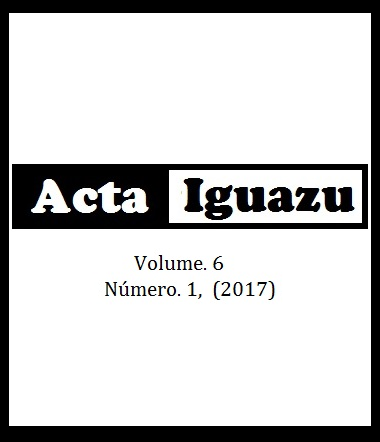CRAMBE DEVELOPMENT UNDER LIME APPLICATION IN SANDY SOIL
DOI:
https://doi.org/10.48075/actaiguaz.v6i1.16701Resumen
Crambe (Crambe abssynica Hoechst) is belonging to the Brassicaceae family oilseeds with high oil content, very useful as a feedstock source for biodiesel production. This work was conducted in the Umuarama city, Paraná State, Brazil, in pots containing soil classified as Oxisol typical and aimed to determine dolomitic limestone rates effects (using the V% original, rates to increase the basis saturation to 60, 70, 80 and 90%) on oil content, yield crambe and soil pH. The completely randomized design with four replications was used. Lime application increase the saturation to 70%, provides conditions for higher yields crambe, this makes the ideal pH range to its cultivation soil.
Descargas
Publicado
Cómo citar
Número
Sección
Licencia
Aviso de Direito Autoral Creative Commons
Política para Periódicos de Acesso Livre
Autores que publicam nesta revista concordam com os seguintes termos:
1. Autores mantém os direitos autorais e concedem à revista o direito de primeira publicação, com o trabalho simultaneamente licenciado sob a Licença Creative Commons Attribution que permite o compartilhamento do trabalho com reconhecimento da autoria e publicação inicial nesta revista.2. Autores têm autorização para assumir contratos adicionais separadamente, para distribuição não-exclusiva da versão do trabalho publicada nesta revista (ex.: publicar em repositório institucional ou como capítulo de livro), com reconhecimento de autoria e publicação inicial nesta revista.
3. Autores têm permissão e são estimulados a publicar e distribuir seu trabalho online (ex.: em repositórios institucionais ou na sua página pessoal) a qualquer ponto antes ou durante o processo editorial, já que isso pode gerar alterações produtivas, bem como aumentar o impacto e a citação do trabalho publicado (Veja O Efeito do Acesso Livre).
Licença Creative Commons
Esta obra está licenciada com uma Licença Creative Commons Atribuição-NãoComercial-CompartilhaIgual 4.0 Internacional, o que permite compartilhar, copiar, distribuir, exibir, reproduzir, a totalidade ou partes desde que não tenha objetivo comercial e sejam citados os autores e a fonte.


